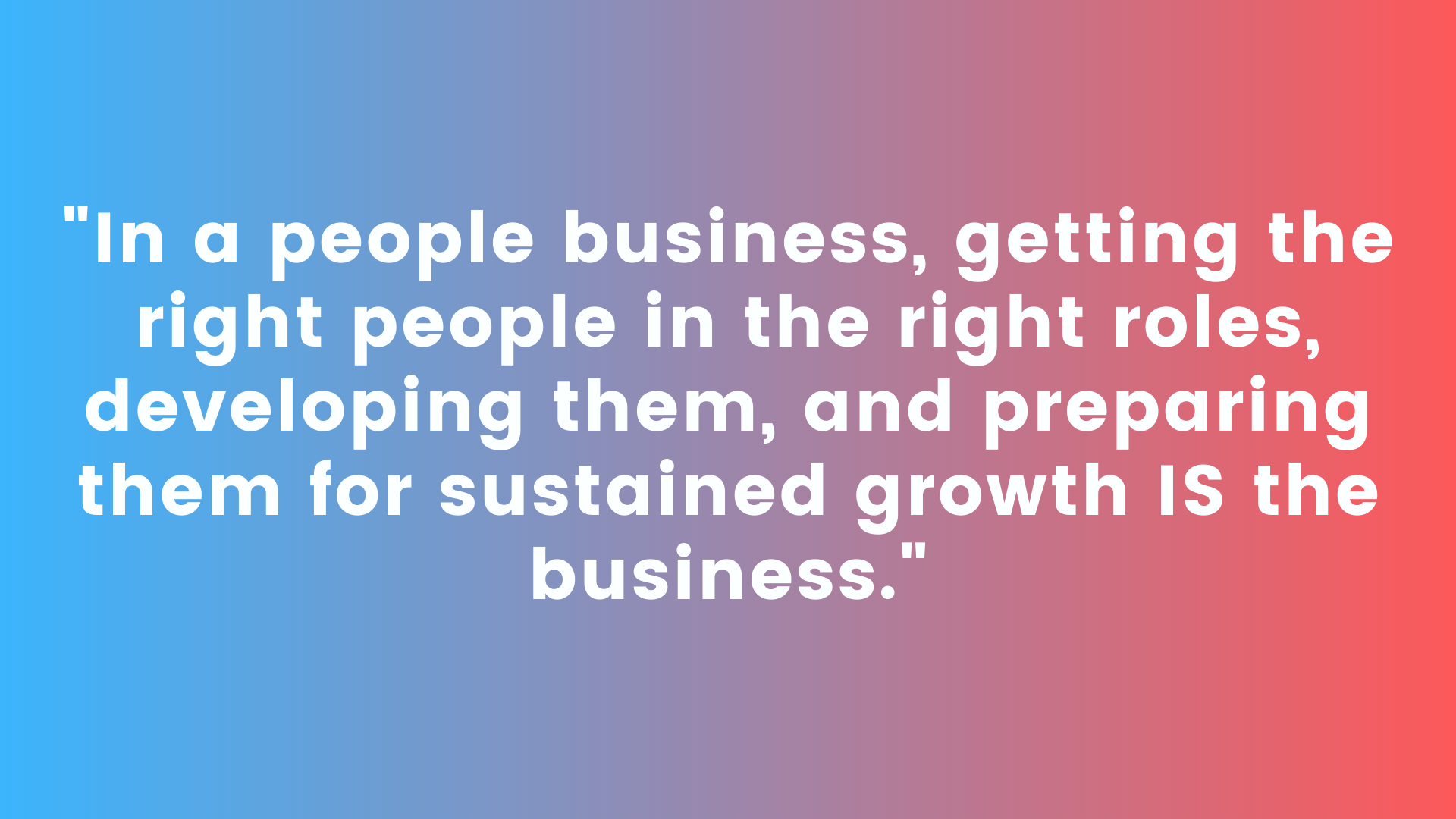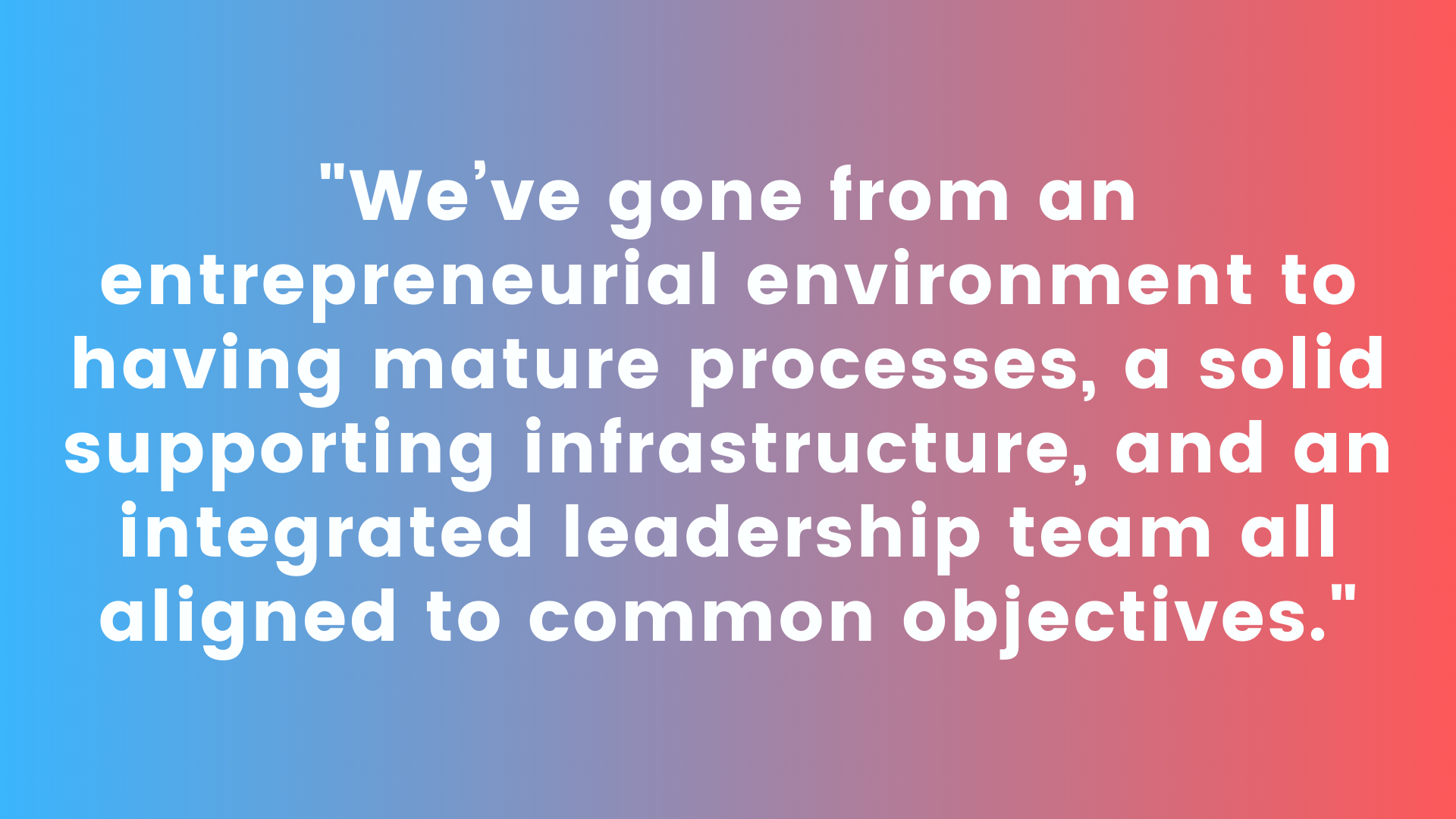InConversation: Gartner, Inc.


A Conversation With

Robin Kranich
Chief Human Resources Officer at Gartner, Inc.
Robin is a global leader and member of Gartner’s Operating Committee. As SVP of Human Resources, she is responsible for strategy, recruiting, people analytics, talent management, learning and development, compensation, benefits, diversity and inclusion, and the continuing evolution of Gartner’s growth culture.
In addition to leading Human Resources, Robin has led multiple disciplines within Gartner including Sales, Executive Programs, and Operations in her 22 years with the company. Under her leadership, she has driven extensive growth and built empowered teams with sustainable capabilities.
TSG: You came to the top HR role at Gartner from the business. What was your impression of Human Resources before taking the role?
RK: Prior to leading HR, I had always been in revenue-generating roles. When our CEO asked me to head up HR, I struggled to understand how it was a strategic and important role. I get my energy from driving tangible business results.
TSG: How has that impression changed as you’ve held the role?
RK: Boy was I wrong! I thought it would be a simple, 2-year turn-around situation where I had to align our capabilities, assemble the right team, and demonstrate business value.
As it turned out… bringing in and developing top talent is mission-critical to our success and never ends. In a people business, getting the right people in the right roles, developing them, and preparing them for sustained growth IS the business. HR is the most strategic capability we have!
I’ve now been in the role for 8 years. And I’m just getting started.

TSG: What benefits does your business background provide you in this role?
RK: I wasn’t an HR professional. Nor did I pretend to be one. But I DO know how to harness the collective capabilities of our business and translate them into inspiration for HR leaders.
My background enabled me to fully understand the economics of our business and what the gaps were when it came to our people. Because I’ve worked with pretty much every area of our organization, I know the people, the culture, the business processes, where we’re strong, where we have opportunities to improve, and most importantly, what we’re capable of. Our potential.
While I didn’t realize it then, I really couldn’t have been better positioned to take the role.
TSG: What is the biggest misconception those in HR have about those in the business?
RK: Our biggest gap in HR was truly understanding the economics of our business and the challenges of working together like a well-oiled machine, with the business, at scale, in a very complex environment.
TSG: What is the biggest misconception those in the business have about HR?
RK: Many people in our organization previously thought of HR as a bureaucratic business prevention office. And to be fair, we had to make a critical shift to being a single organization that could truly unlock the potential of our people.
TSG: What can HR leaders who aspire to be in your position learn from your background?
RK: You have to embrace the big picture. Understand what drives success in your business. The economic levers. This is what I learned from working in various areas of our organization. Be curious. Know how the company makes money and what success looks like. Understand relevant benchmarks. In a people business, you have to know the people.
TSG: What have you found to be your biggest obstacle in the role, and how have you overcome it?
RK: My biggest obstacle in the role was governing how much we could actually do. There was so much to be done and we were eager to do it all. We had to go at a rapid pace but a pace that the organization could absorb. That was our gating factor and pacing the team was the biggest obstacle.
TSG: You came into the role in 2008, not long after the financial crisis. What was it like coming into the role at that time versus today?
RK: Our CEO never stopped investing in critical HR capabilities. He was playing the long game so 2008-9 didn’t define our journey in any material way.
TSG: How has Gartner evolved in the 20+ years you’ve been there?
RK: When I started, there were 800 people and we did less than $200 million in revenue. Today we are more than 8,500 associates strong with more than $2 billion in revenues. We’ve gone from an entrepreneurial environment to having mature processes, a solid supporting infrastructure, and an integrated leadership team all aligned to common objectives.

TSG: We’ve recently found you publishing short articles or thoughts on LinkedIn regarding Gartner. What role do you think social media will play in establishing companies from a talent perspective?
RK: Social media is an important part of our people strategy. It helps us perpetuate and promote our employee value proposition. It helps us attract an increasingly growing and important demographic.
It’s also a wonderful channel to celebrate the incredible culture we have (#LifeatGartner) and showcase our cutting edge thought leadership (@Gartner_Inc, #GartnerSYM, @Gartner_Careers).
We’re on LinkedIn, Twitter, Facebook, Instagram, Snapchat, Youtube… and always looking for the next, hot platform.
TSG: Gartner has been growing by double digits for over 10 years – what has been the biggest benefit of that growth from a people perspective?
RK: The biggest benefit of growth for our people is the sheer opportunity everyone has. It’s more fun to be part of a growth company than a shrinking one. There is no lack of professional development opportunities. Whether you’re looking at a career ladder or a career lattice, you always have the ability to grow.
TSG: What does the future of Gartner look like?
RK: Growth. We’ve already attained heights I didn’t dream were possible… and as I mentioned before, we’re just getting started.
TSG: What companies do you look up to for their work in the industry? What companies do you think are leading the pack in Human Resources practices?
RK: Google is the first company that comes to mind. I modeled much of what I did after Laszlo Boch who told me two things: One, measure everything. Two, be ready. Build capability in advance of when the CEO thinks he needs it. They’ve built an incredible people analytics and operations capability and this advice grounded much of my initial thinking.
TSG: What most excites you about the future of HR?
RK: I’m energized by the combination of art and science when it comes to people. We’re building contemporary systems based on artificial intelligence, deep machine learning, and algorithms and marrying it with the practical wisdom and insight of our exceptional HR professionals.
TSG: What advice would you give to any young leader – not just one in HR – who aspires to be successful?
RK: Understand the economic levers of your business, then prioritize your activities accordingly. My boss always says, “There are more good things to do than you will ever have time to do them all.”. Time is your most precious asset and you can’t do ALL the things that are GOOD to do. You have to be judicious and do the most important things that help you achieve your goals.